Snow day (May 25th, 2015)
Before the weather got better, it got worse on the 25th when it snowed and we lost power overnight and in the morning after (so no heat and no internet). I couldn't do any work except walking around Gothic and taking pictures.
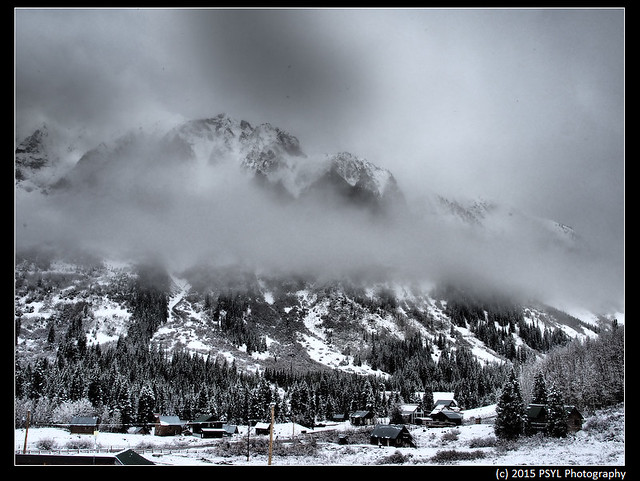
Photo taken with the dramatic tone art filter in my camera. Kind of scary looking.

Typical Gothic sky - cloudy except for a patch of open blue sky.
Gothic Mountain behind a veil of clouds.
The whole view.
Mt. Belleview.
Scenery
Some of the scenic views as summer (or is it spring?) arrives.
Walking up the trail where I saw four deer and a grouse (see below).
The view outside my cabin.
The view from my study site.
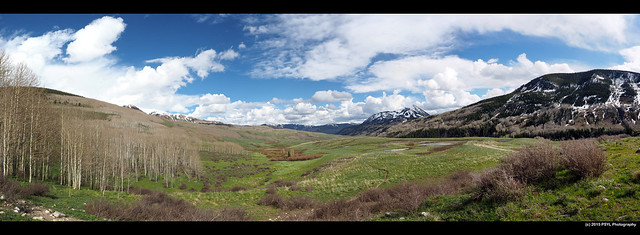
Beautiful view where I perform my "bee interviews". See larger image here.
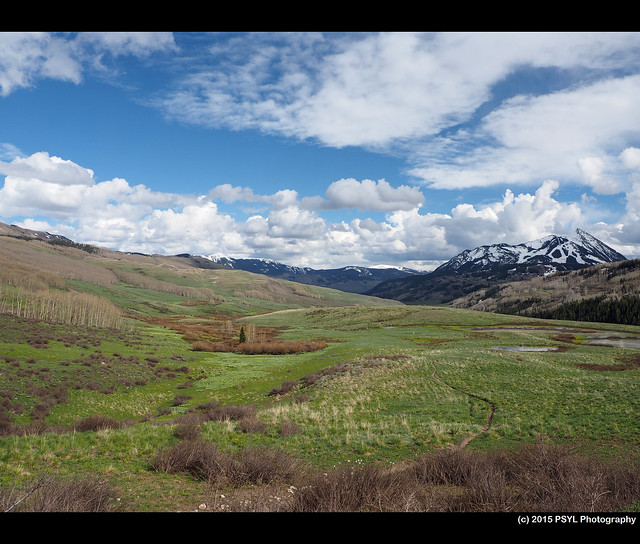
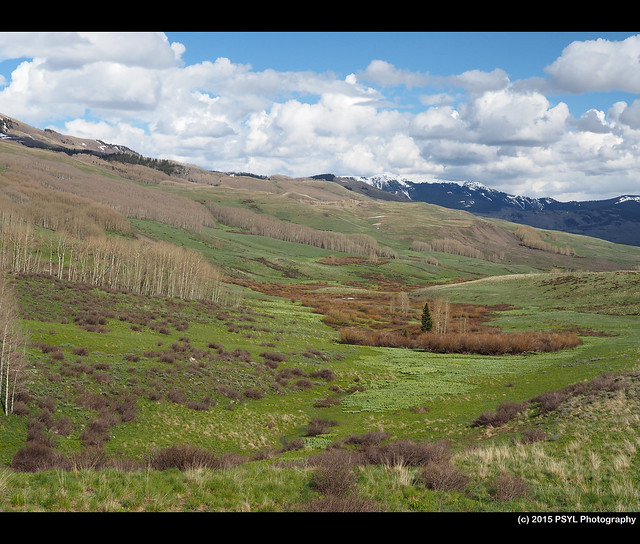
Love the different colours.
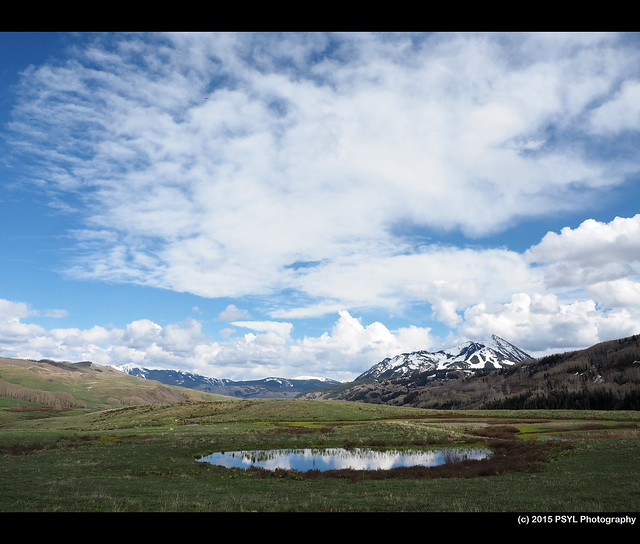
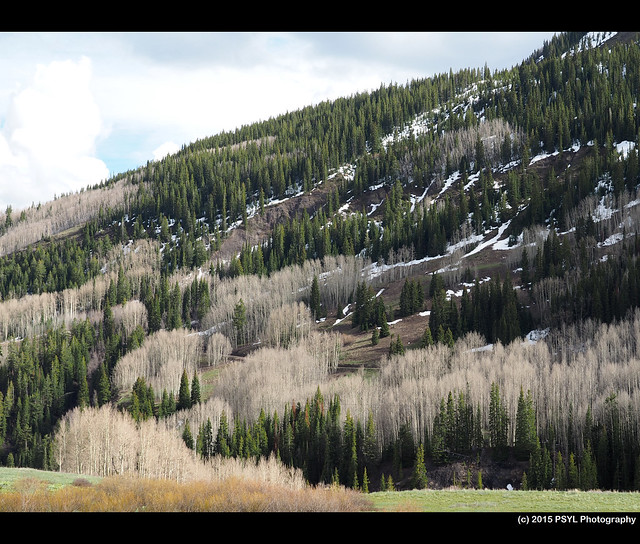
Mosaic of aspens and fir trees.
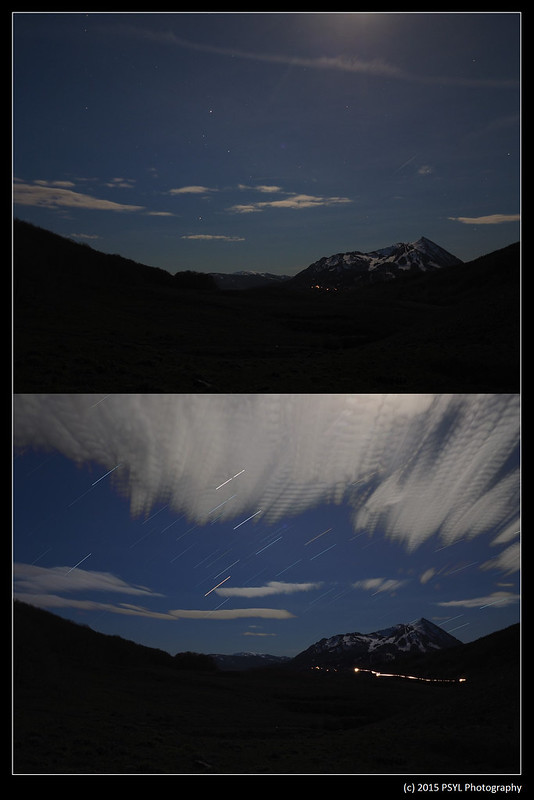
My camera has a great function that makes taking long exposure photos very easy. I was attempting to take a picture of star trails the other night but the bright moon and clouds ruined everything. I will have to try it again on a moonless and cloudless night.

Beautiful view where I perform my "bee interviews". See larger image here.


Love the different colours.


Mosaic of aspens and fir trees.

My camera has a great function that makes taking long exposure photos very easy. I was attempting to take a picture of star trails the other night but the bright moon and clouds ruined everything. I will have to try it again on a moonless and cloudless night.
Birds
Broad-tailed Hummingbird (Selasphorus platycercus)
Green-tailed Towhee (Pipilo chlorurus),
Our cabin-mate, the House Wren (Troglodytes aedon).
The wren after it chased a chipmunk from outside our cabin.
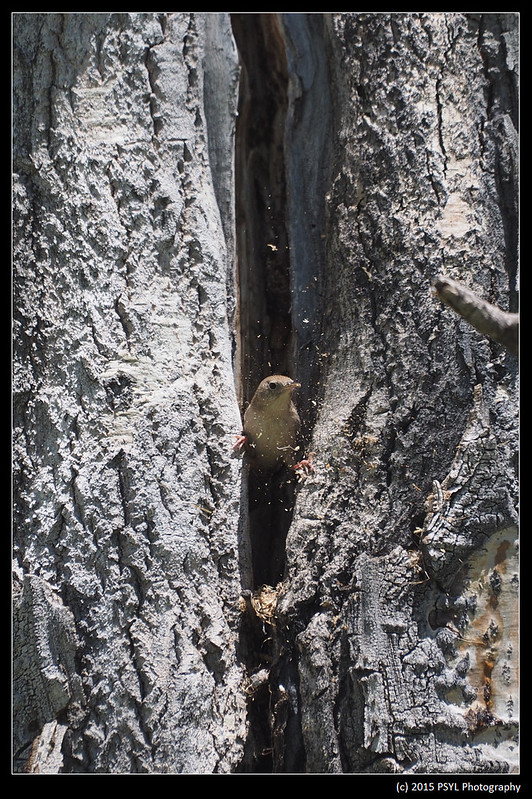
Found a place in the forest where another pair of wrens were excavating their nest.
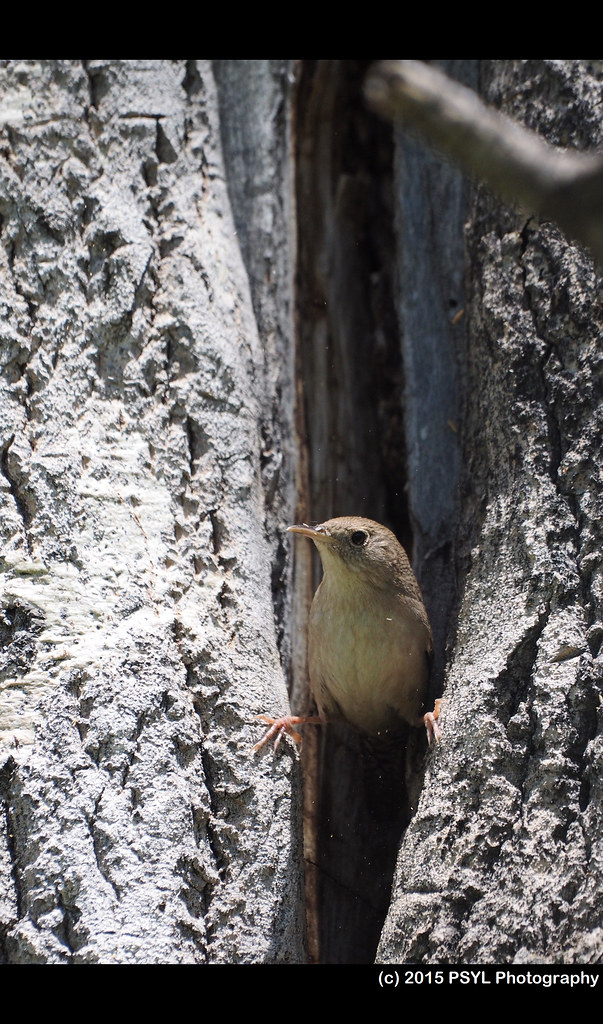

Found a place in the forest where another pair of wrens were excavating their nest.

An American Robin's (Turdus migratorius) nest.
Dusky Grouse (Dendragapus obscurus) calling for a mate. I tried to take a video of the deep booming call but my camera did not pick up the sound.
Eating dandelion flowers after calling.
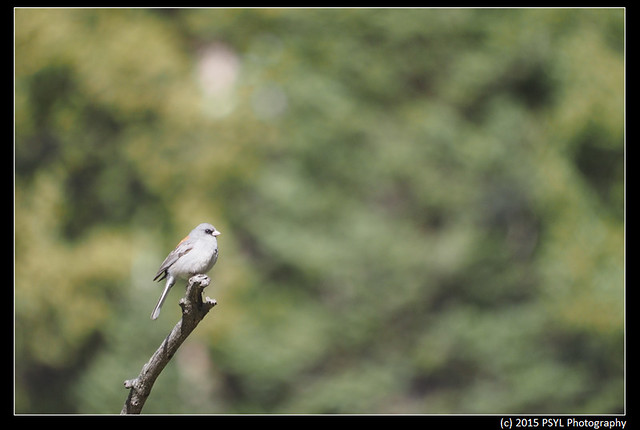
Dark-eyed Junco (Junco hyemalis)

Mountain Bluebird (Sialia currucoides)
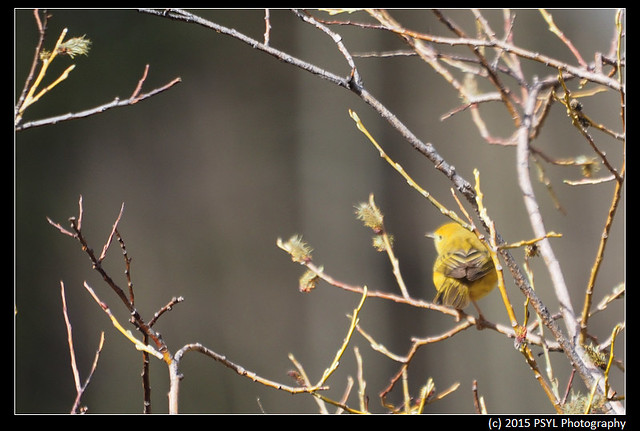
Yellow Warbler (Setophaga petechia)
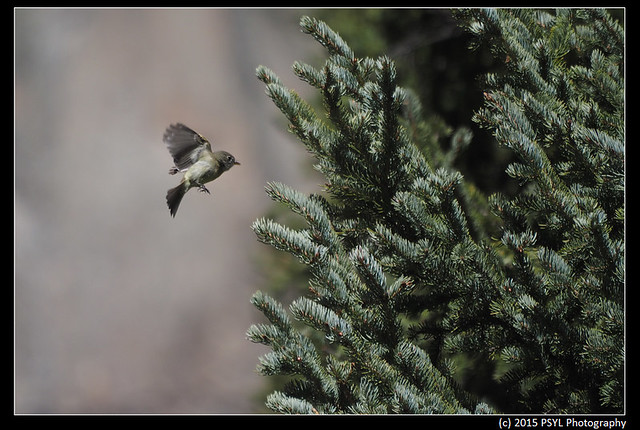
Unknown Tyrannidae.
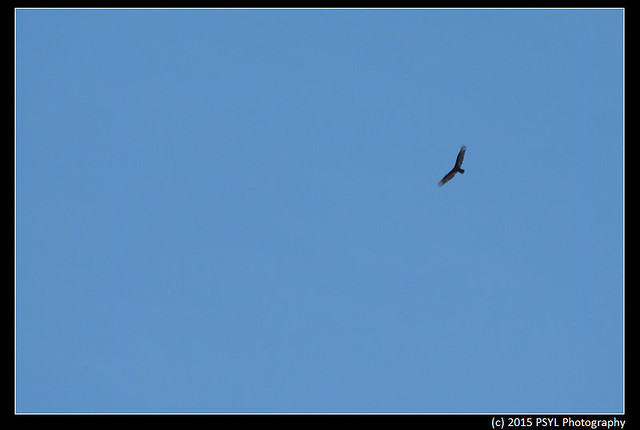
Turkey Vulture (Cathartes aura)
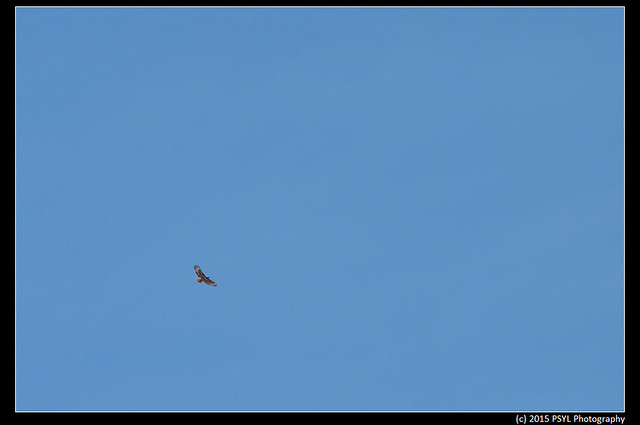
Looks like a Red-tailed Hawk (Buteo jamaicensis) from the distance.
Mammals
Saw four White-tailed deer (Odocoileus virginianus) before I saw the grouse.
Least chipmunk (Tamias minimus) outside my cabin before a House Wren chased it away.
The chipmunk watching me while I was photographing the grouse.
Invertebrates
Unknown jumping spider.
Dorsal side of jumping spider.
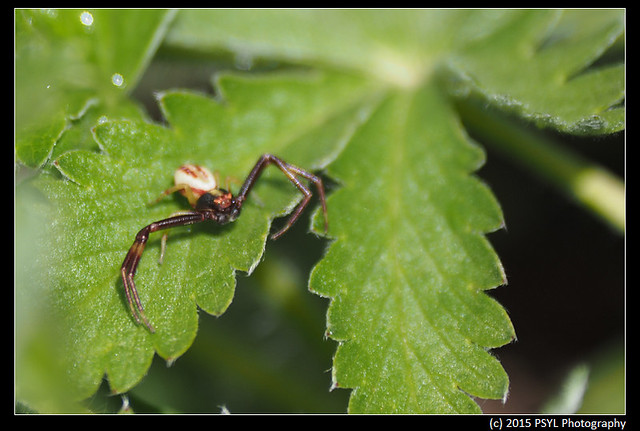
A male Goldenrod Crab Spider (Misumena vatia) that was using my pinned flag as its "flower" before I moved it away.
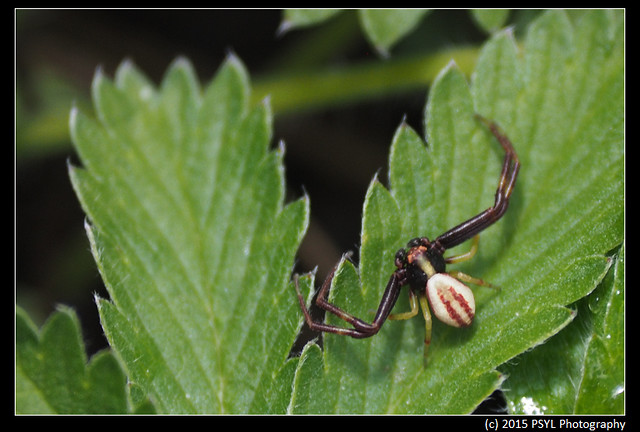

A male Goldenrod Crab Spider (Misumena vatia) that was using my pinned flag as its "flower" before I moved it away.

Unknown caterpillar.
Ant drinking nectar from fallen Mertensia fusiformis flower.
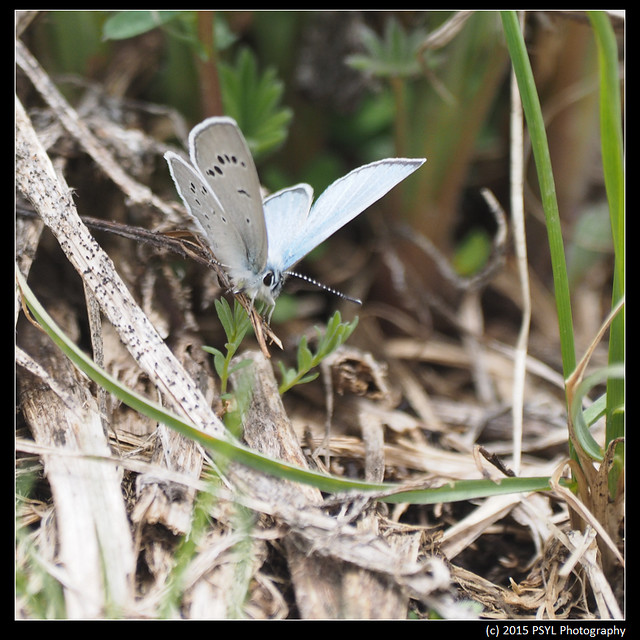
Silvery Blue Butterfly (Glaucopsyche lygdamus)
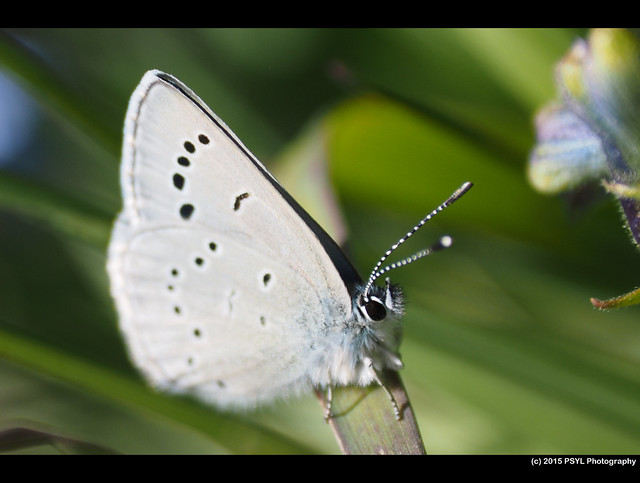
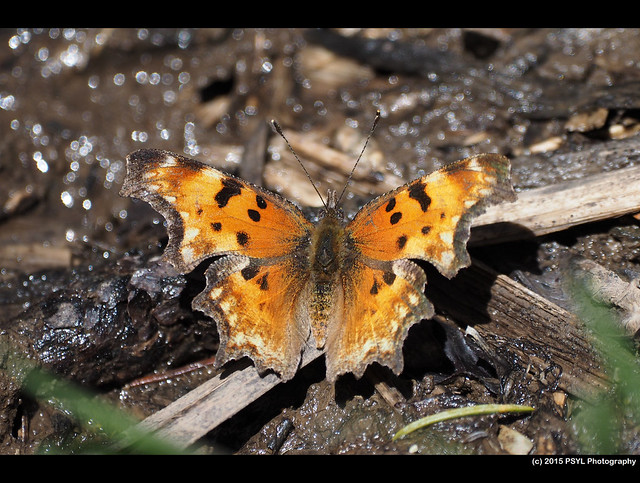
Green Comma Butterfly (Polygonia faunus)
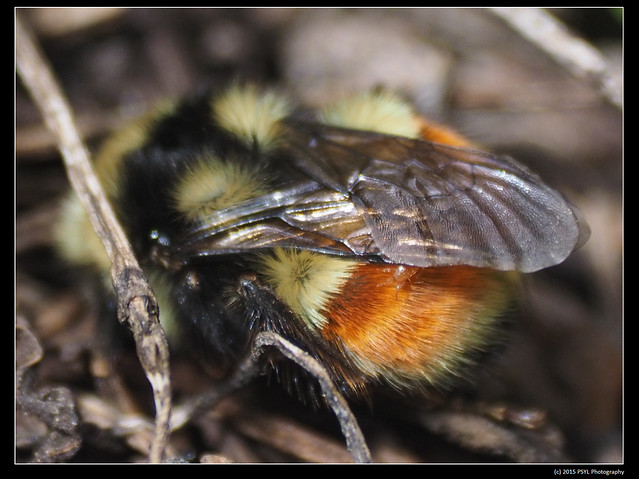
Bombus bifarius with a parasite under its wings.
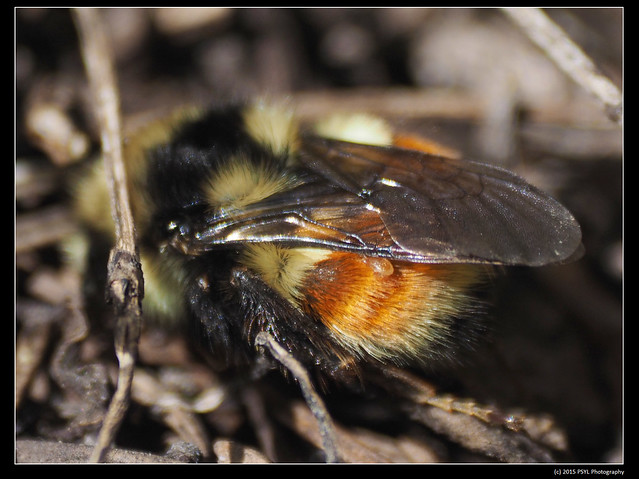
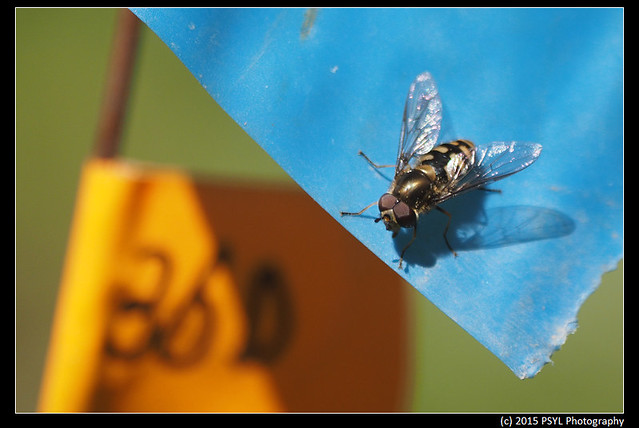
A Syrphid fly that thought my pinned flag was a "flower".

Silvery Blue Butterfly (Glaucopsyche lygdamus)


Green Comma Butterfly (Polygonia faunus)

Bombus bifarius with a parasite under its wings.


A Syrphid fly that thought my pinned flag was a "flower".
Research
I am working on several projects this summer. One of them is looking at how abiotic (rainwater and temperature) and biotic (pollinators) factors are being affected by Mertensia flowers in different orientations.
Plants orient their flowers horizontally,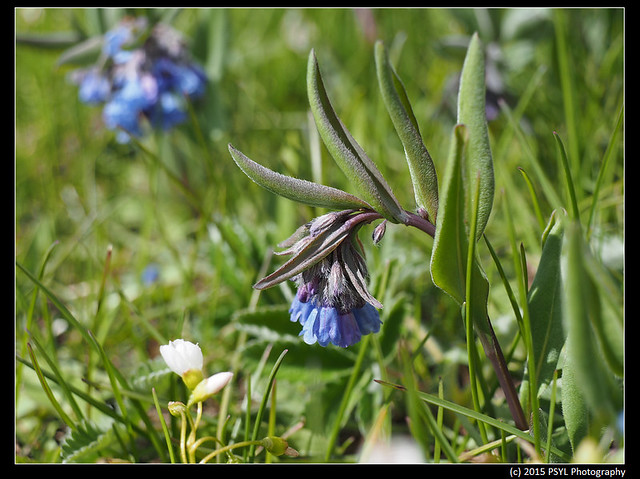
Downward,

Or upward.
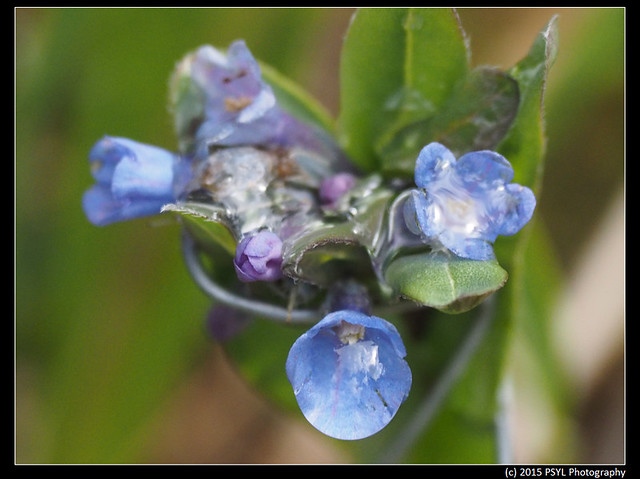
So how will floral orientation affect temperature inside the flowers (relative to ambient temperature) and pollen germination?
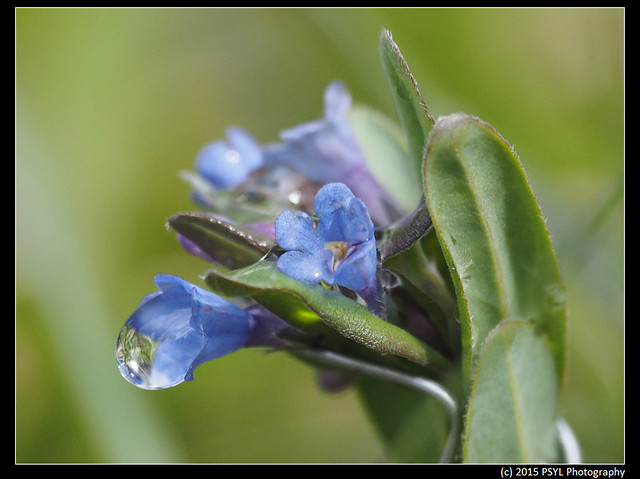
Rainwater collected inside (manipulated) upright flowers.
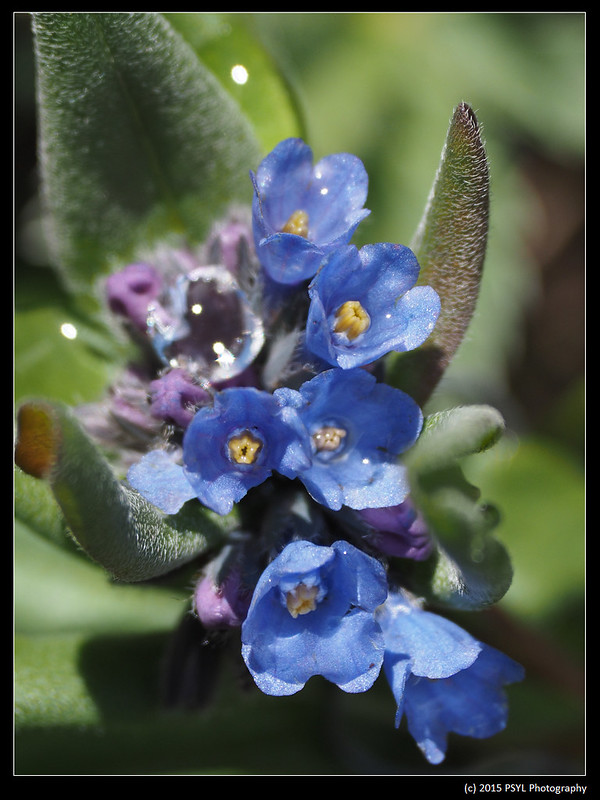
More flowers with water inside them.
Using a thermocouple to measure flower temperature.
Taking temperature at the base of the anthers.
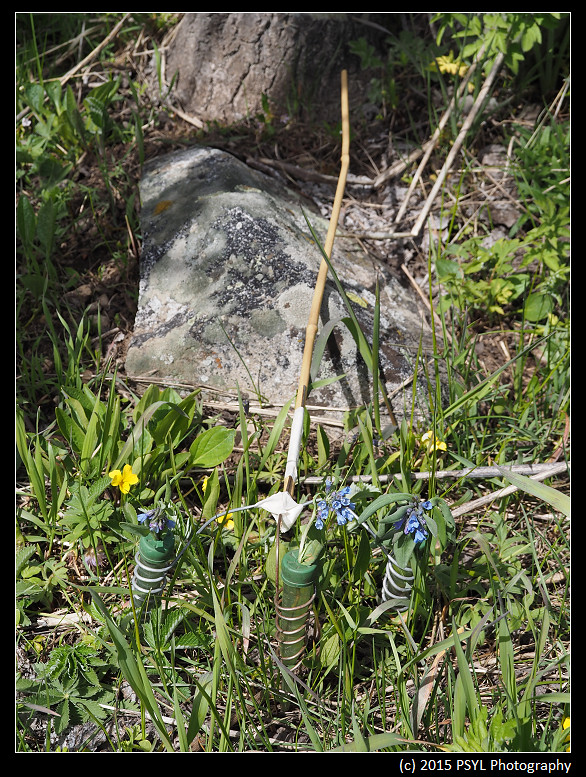
A bee interview stick.
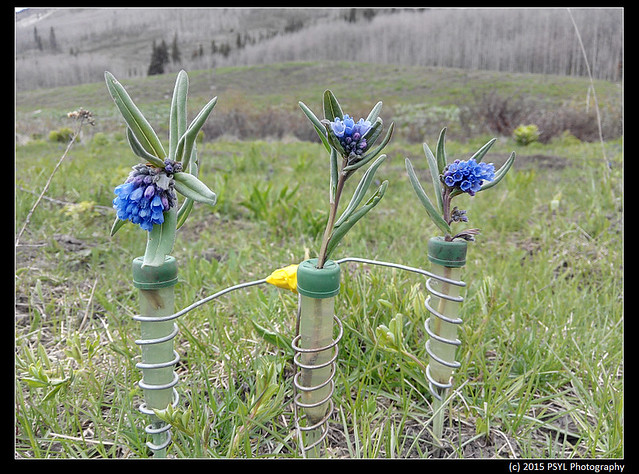
Presenting flowers in different orientation (down, upward, and horizontal from left to right) to bees visiting M. fusiformis and seeing which orientation they select.
A related project is seeing if pollinators prefer a certain floral orientation.

A bee interview stick.

Presenting flowers in different orientation (down, upward, and horizontal from left to right) to bees visiting M. fusiformis and seeing which orientation they select.
Also, the last component of my lab's UV photography equipment finally arrived (from Belarus) and so here are some of the images I took of local flora.
M. fusiformis (visible and UV)
Ranunculus alismifolius (visible and UV)
Taraxacum officinale (visible and UV)
Viola vallicola (visible and UV)
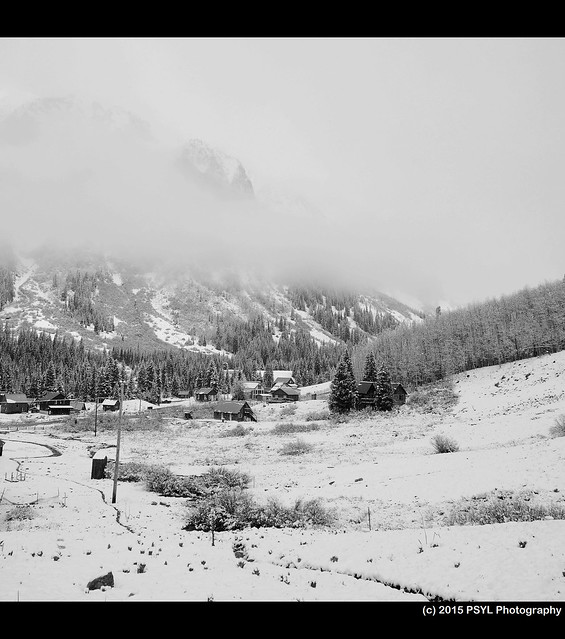
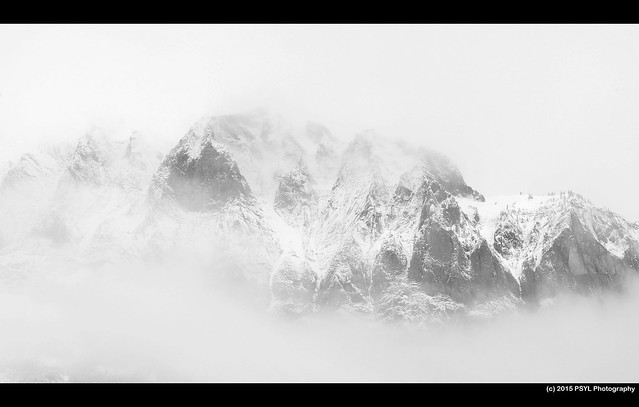

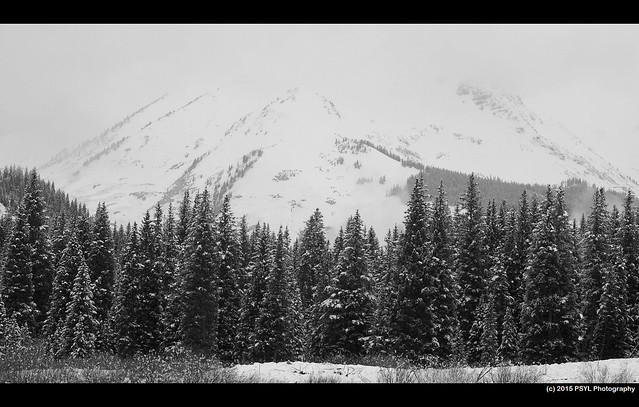
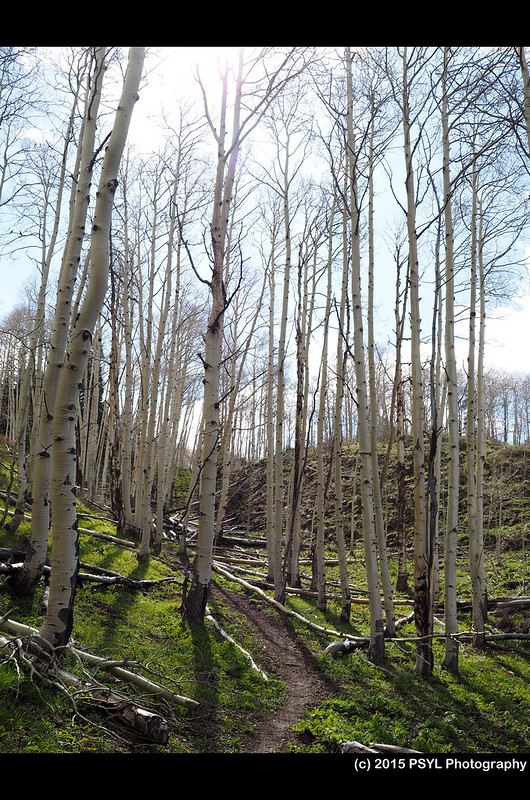
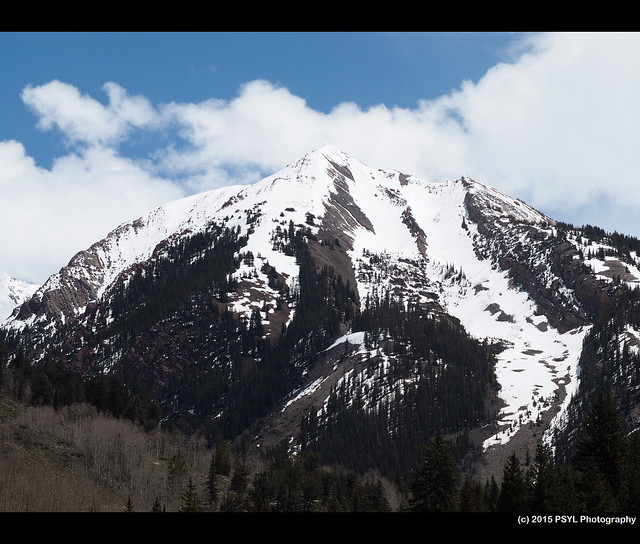
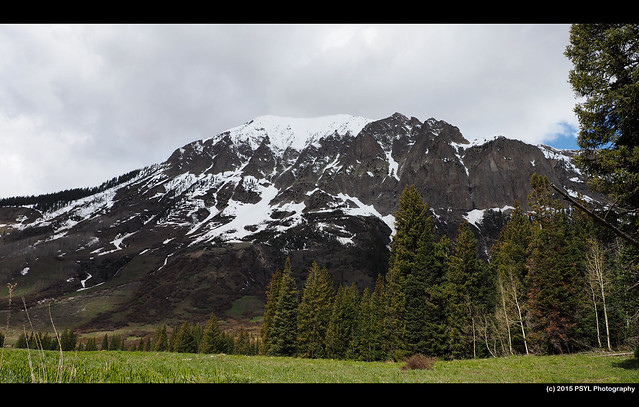
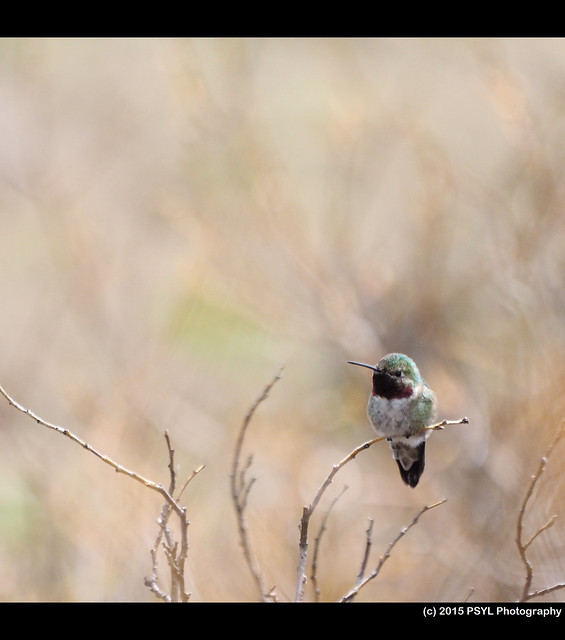
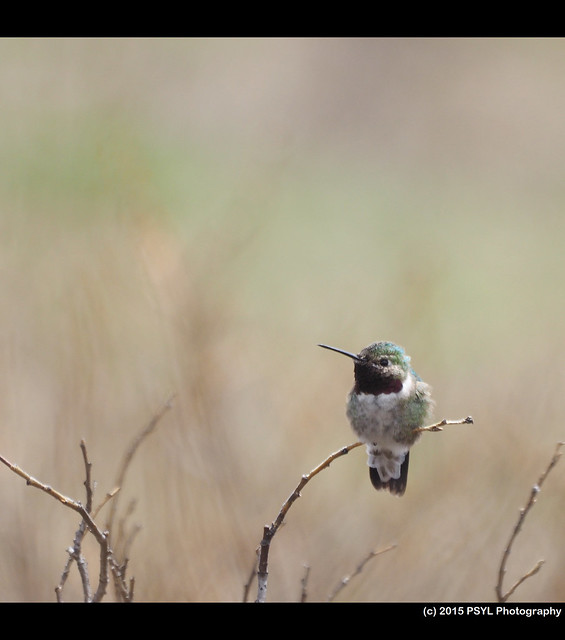
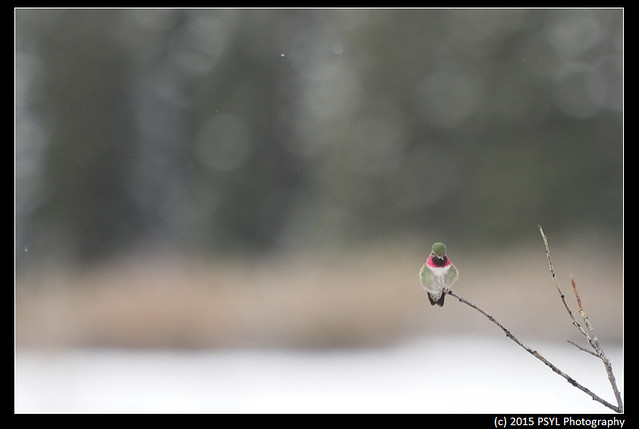
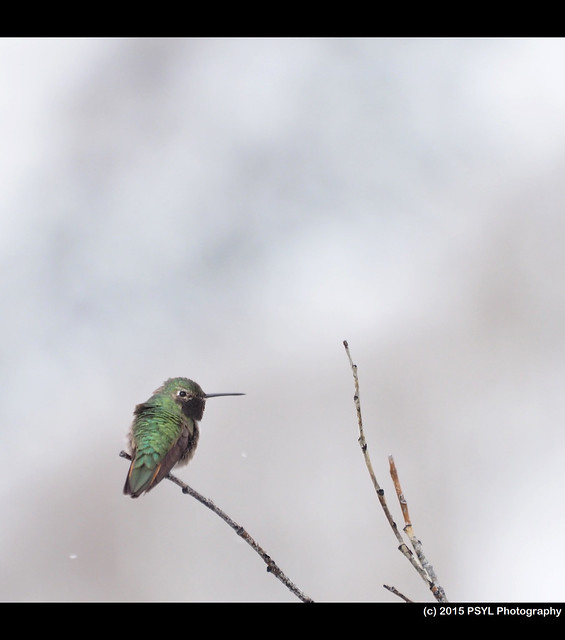
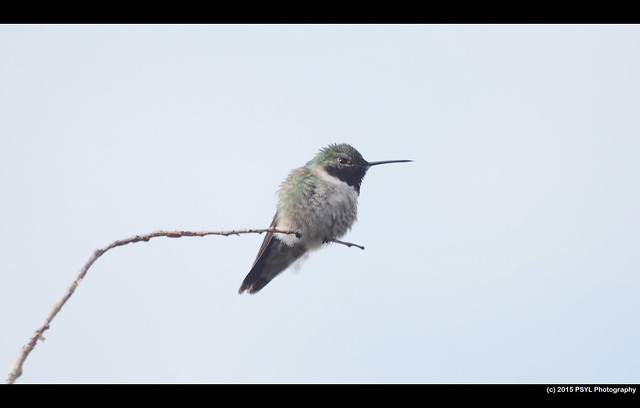
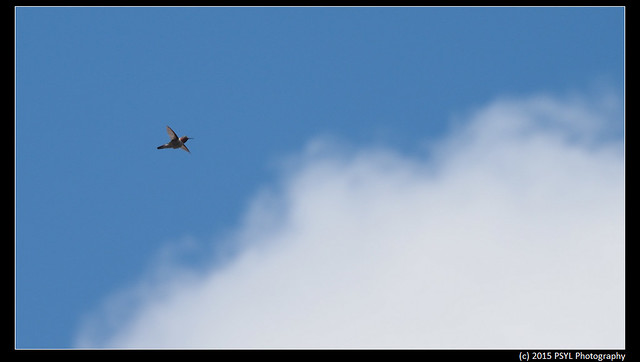
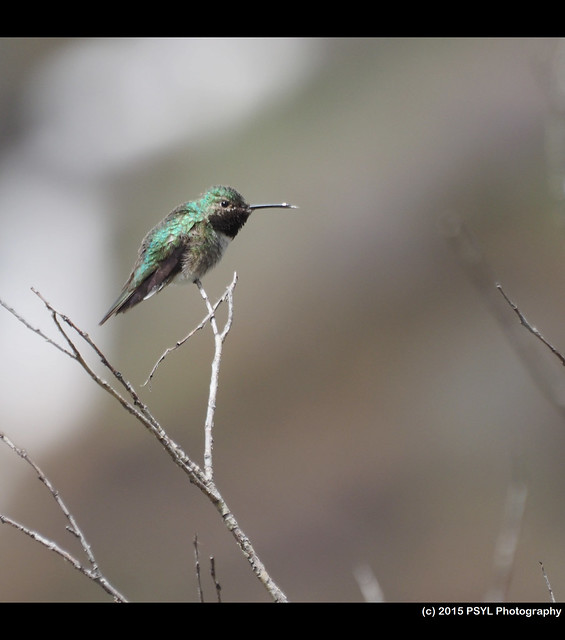
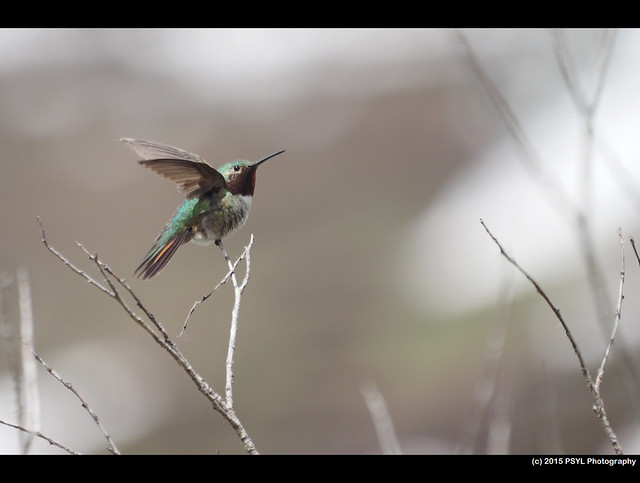
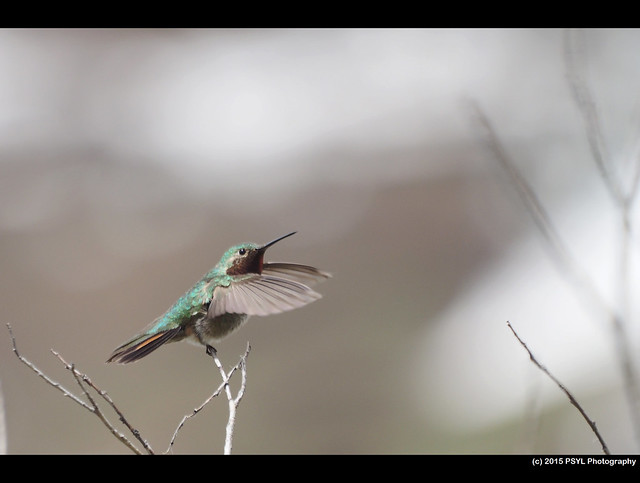
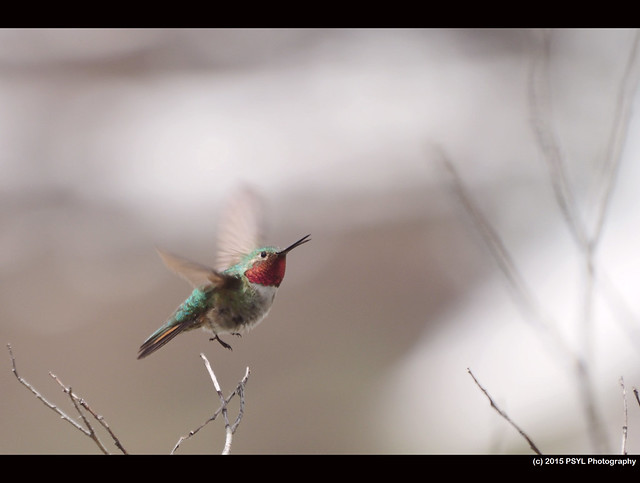
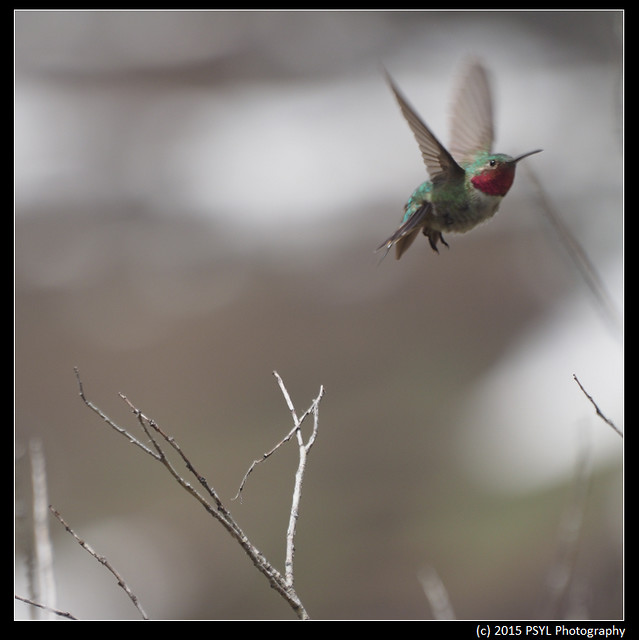
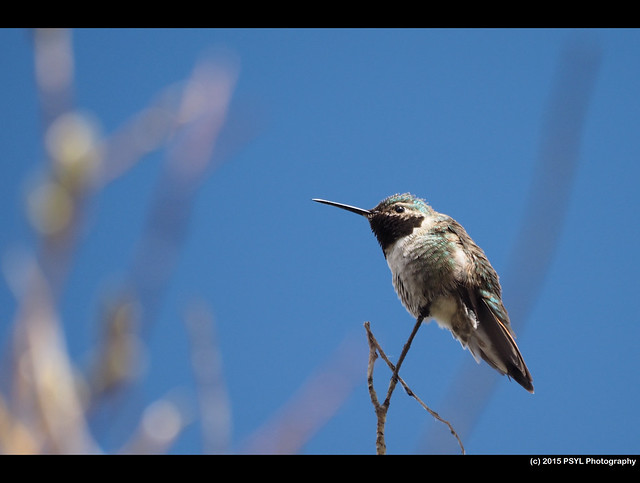
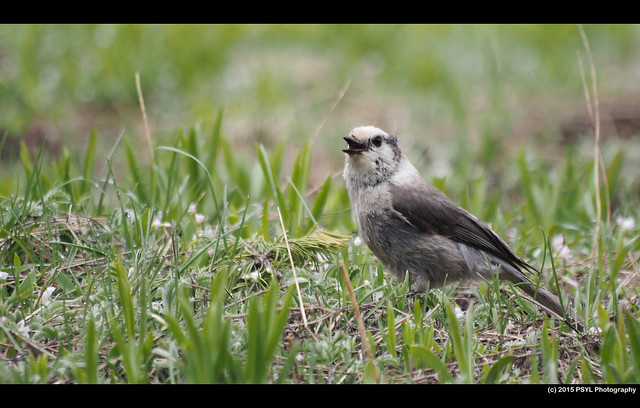
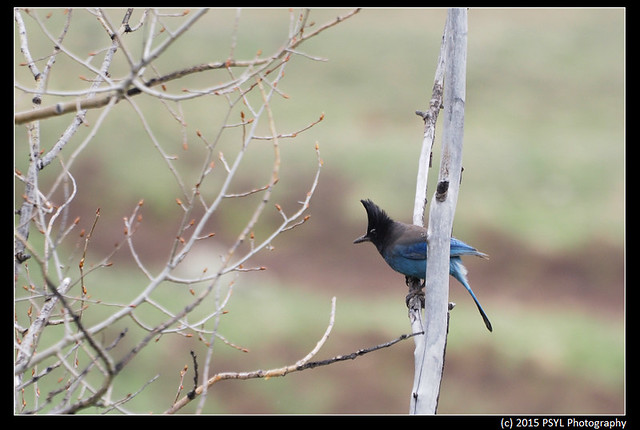
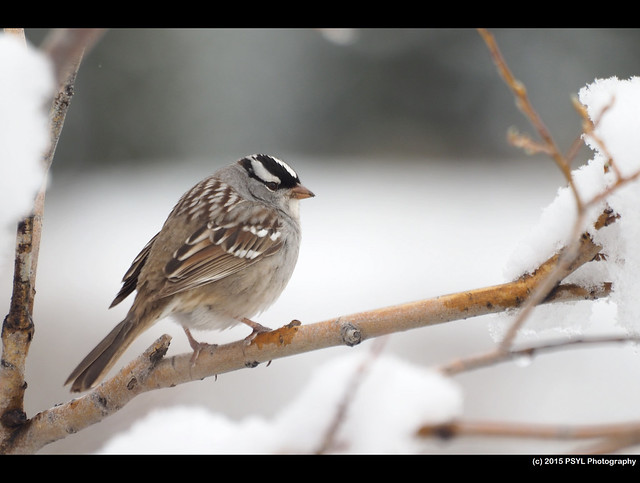
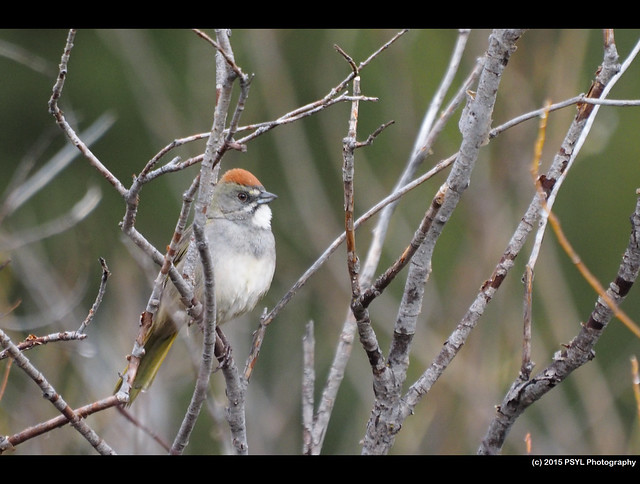
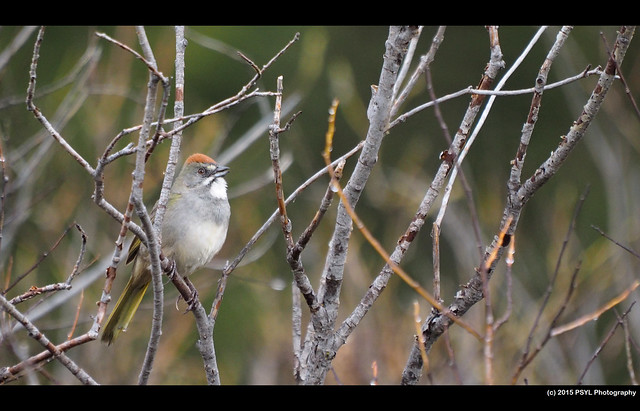
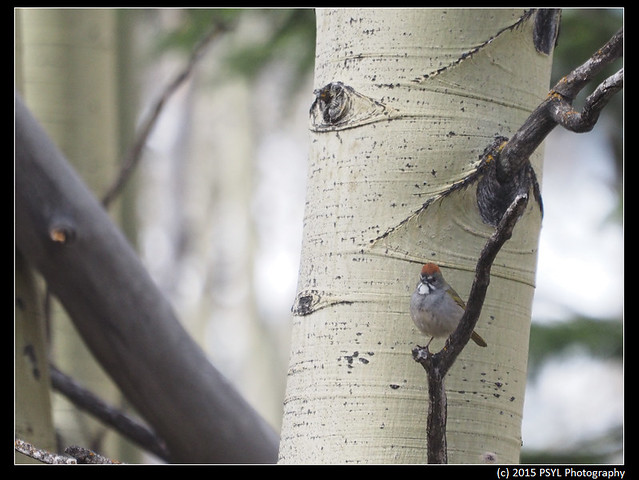
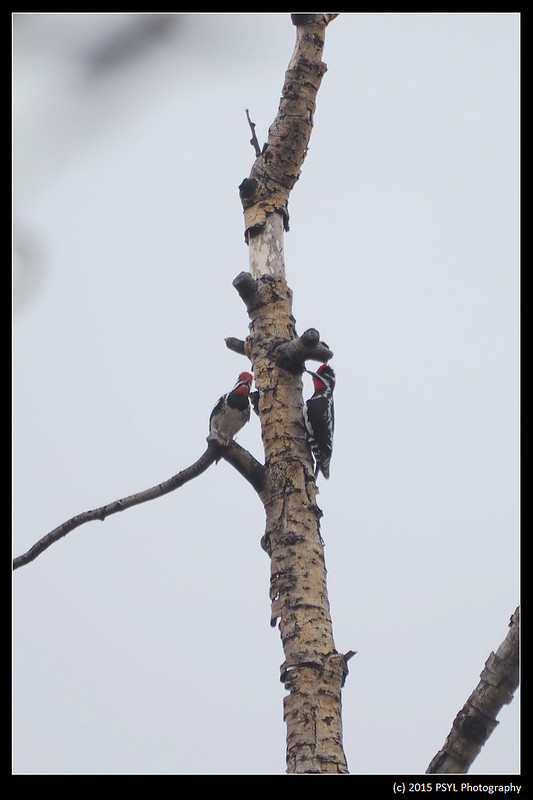
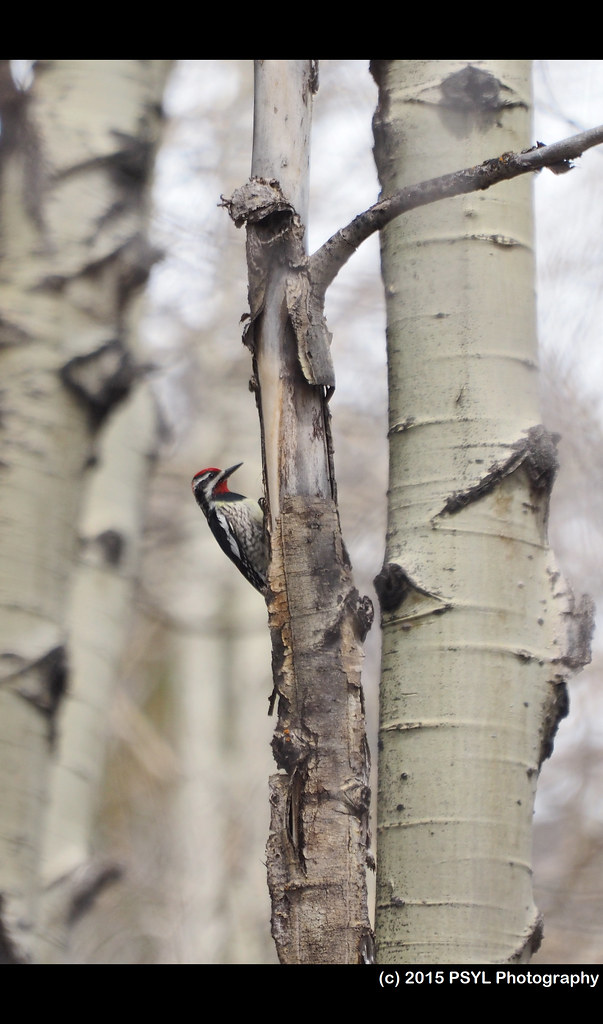
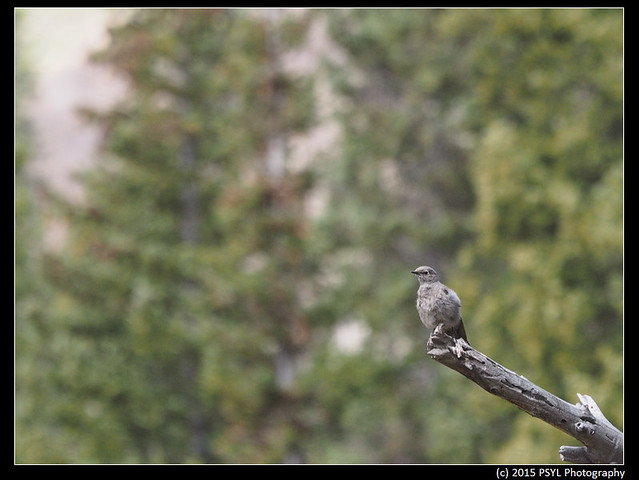
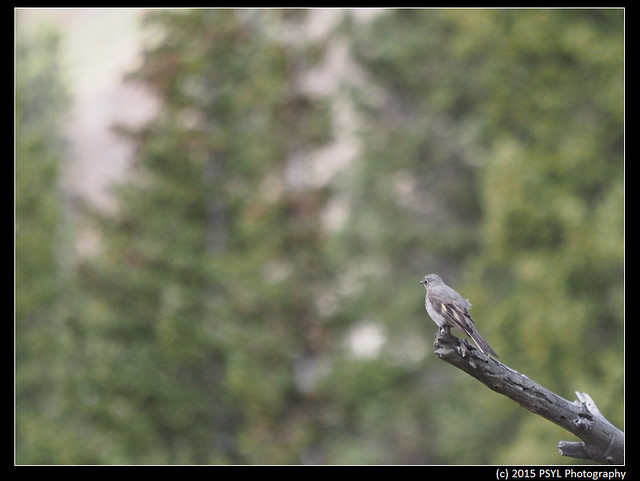
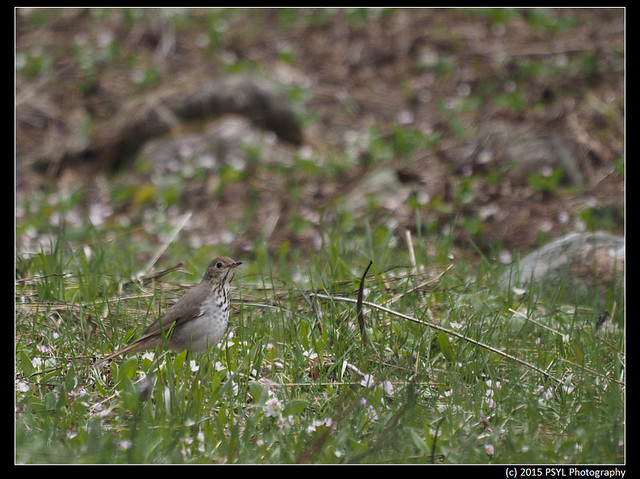
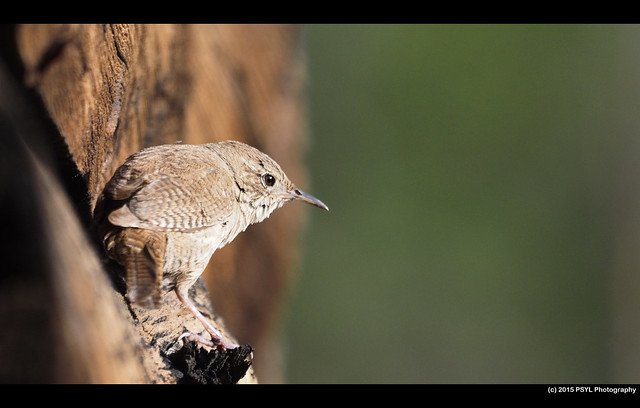
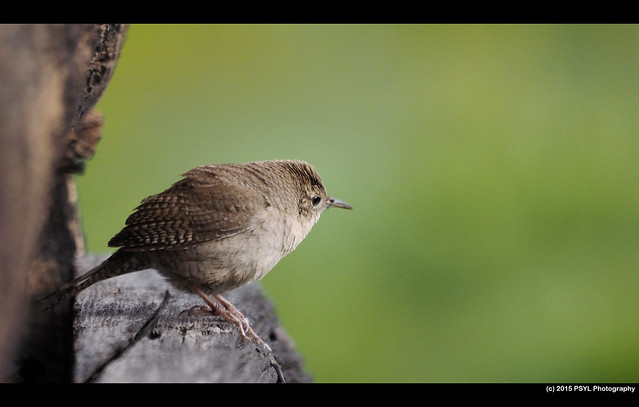
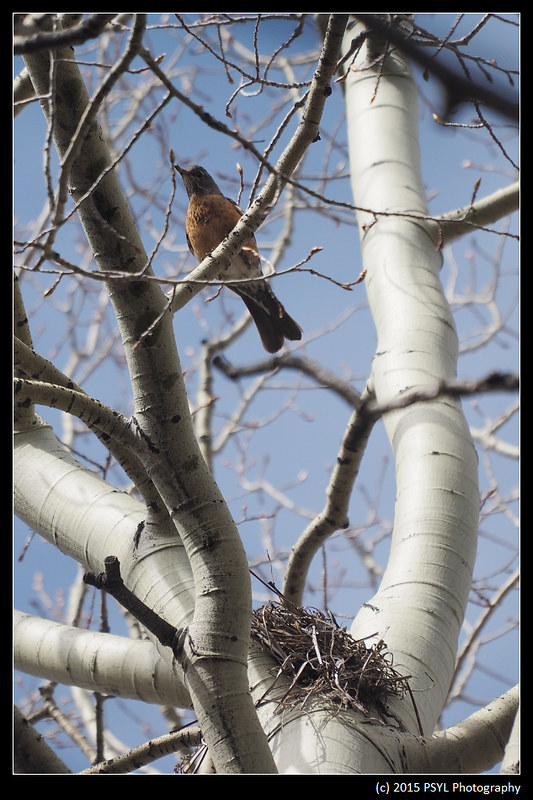
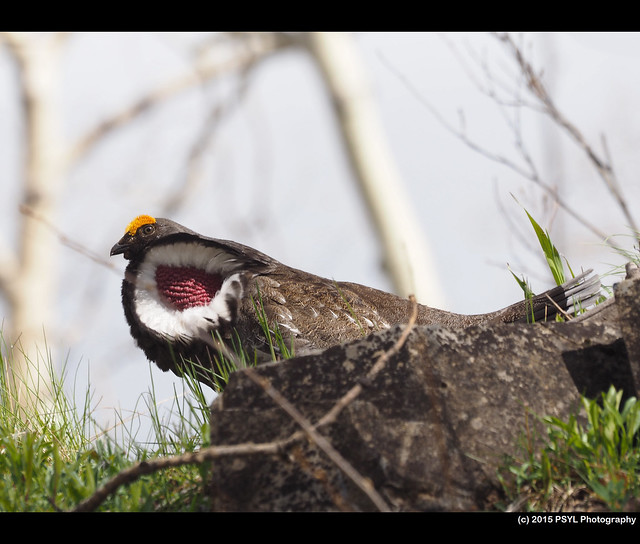
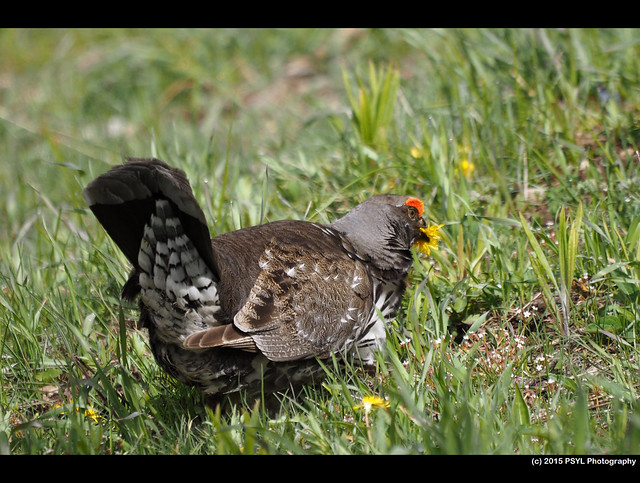
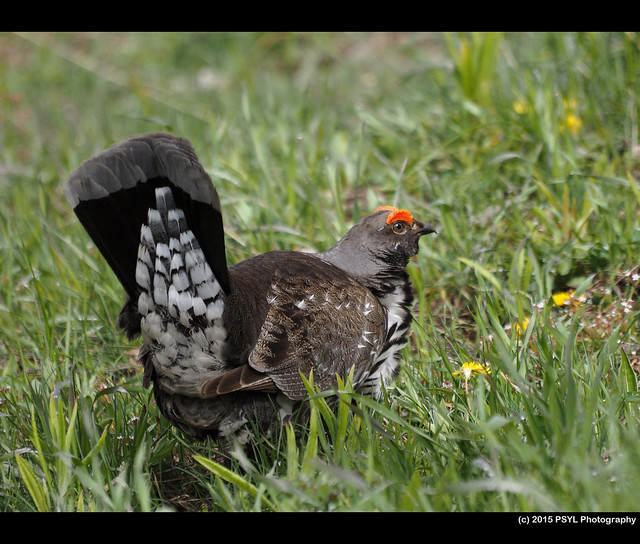
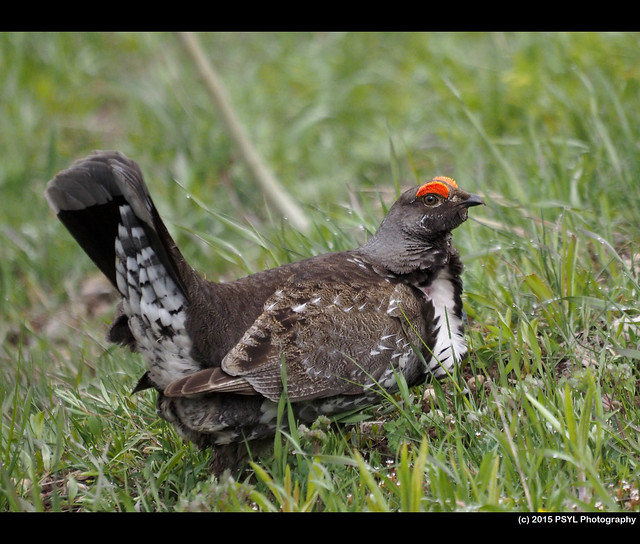
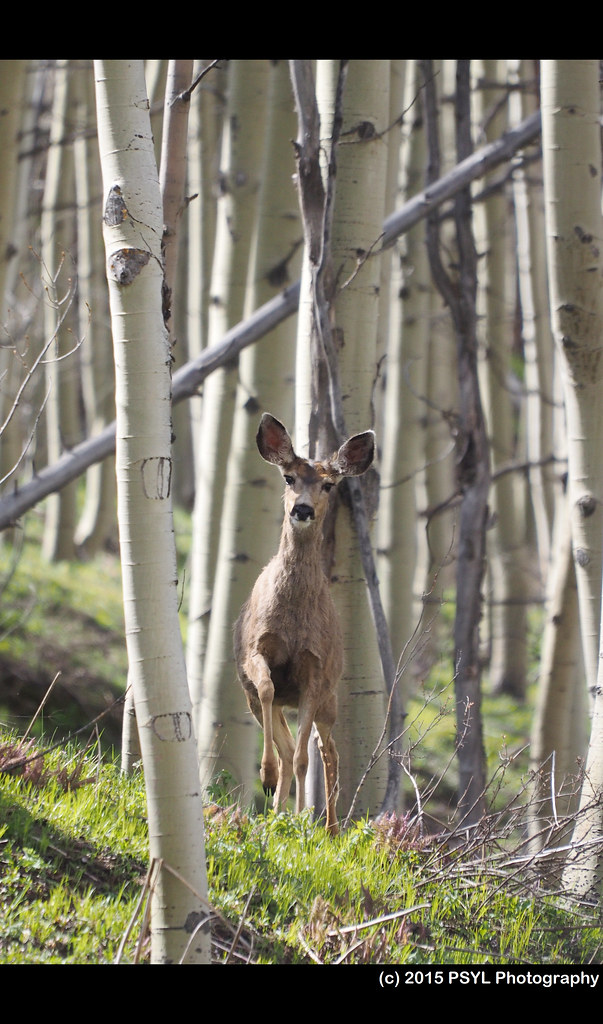
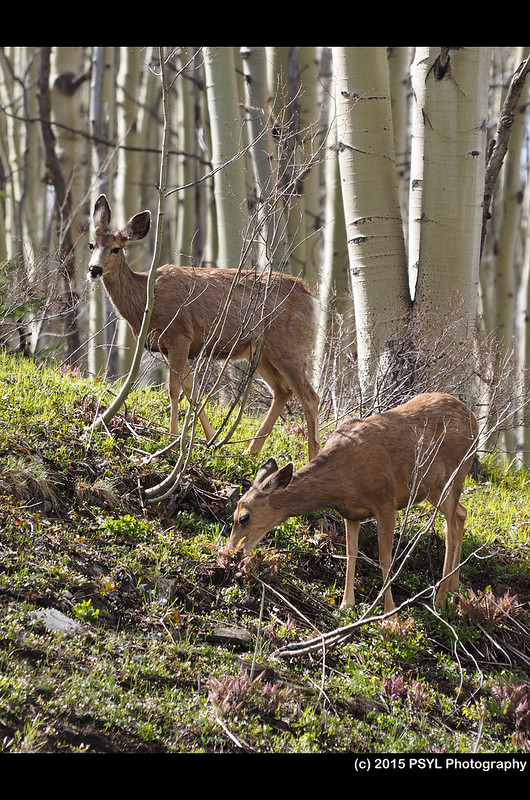
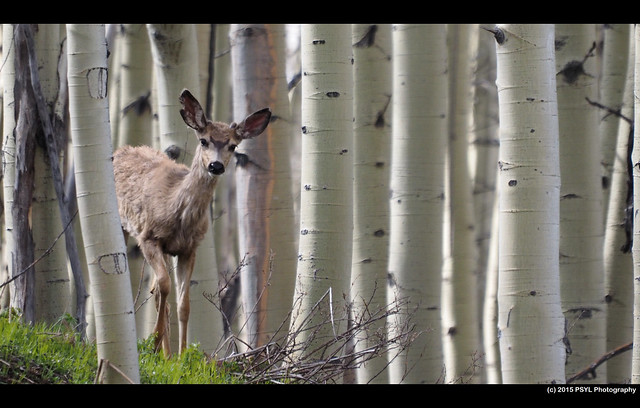
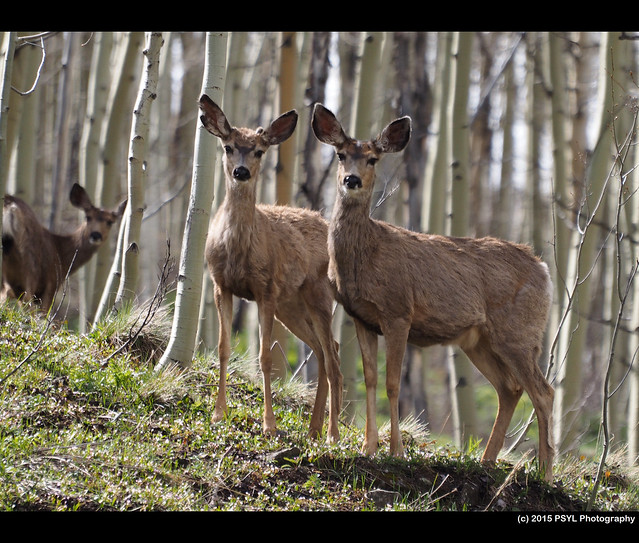
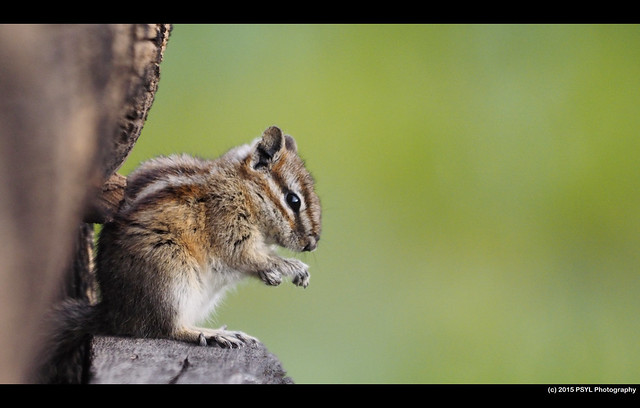
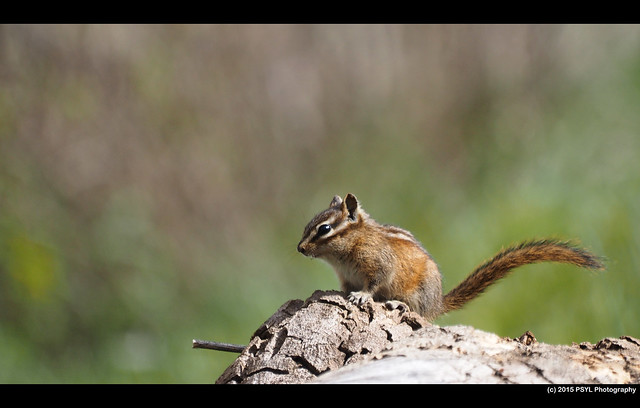
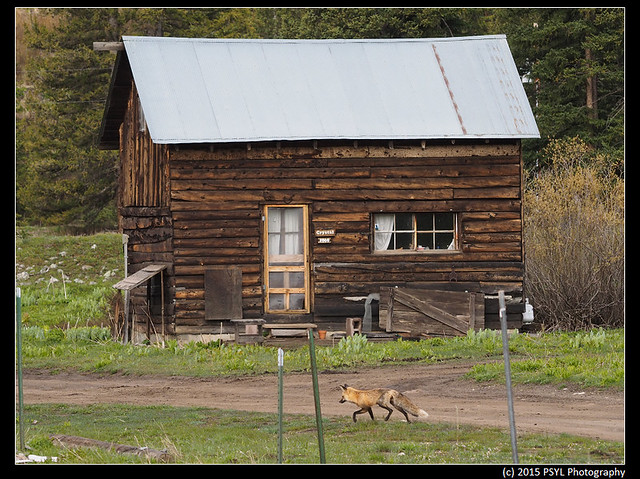
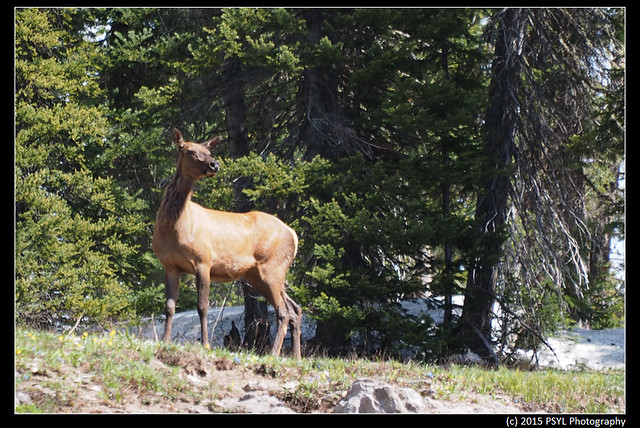
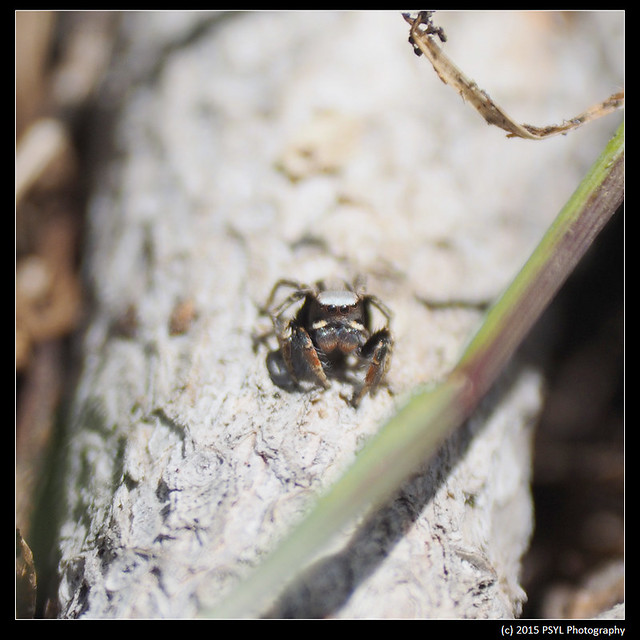
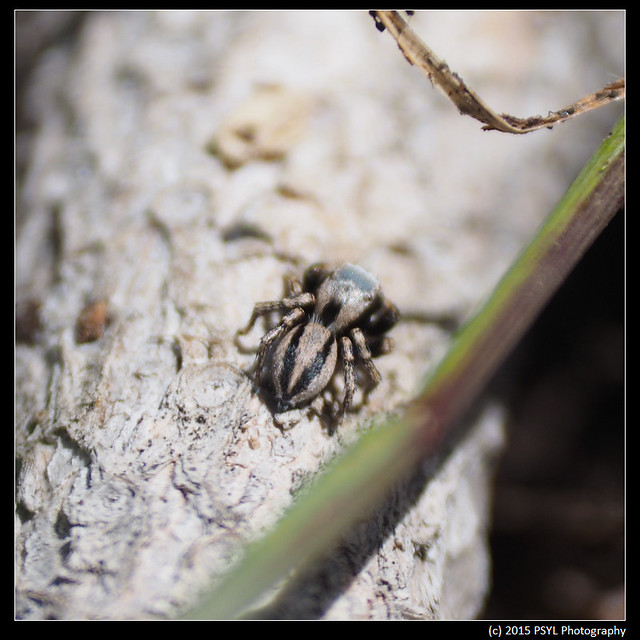
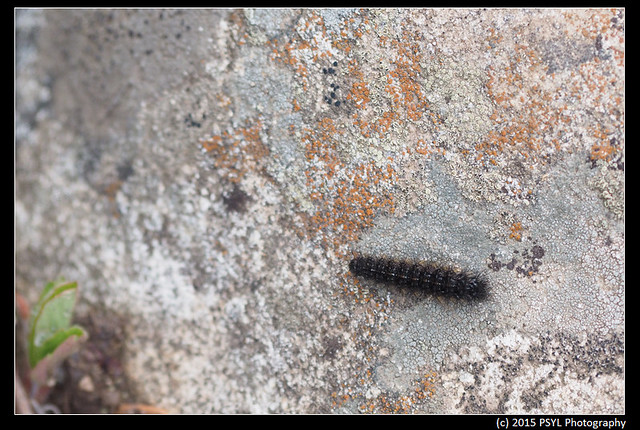
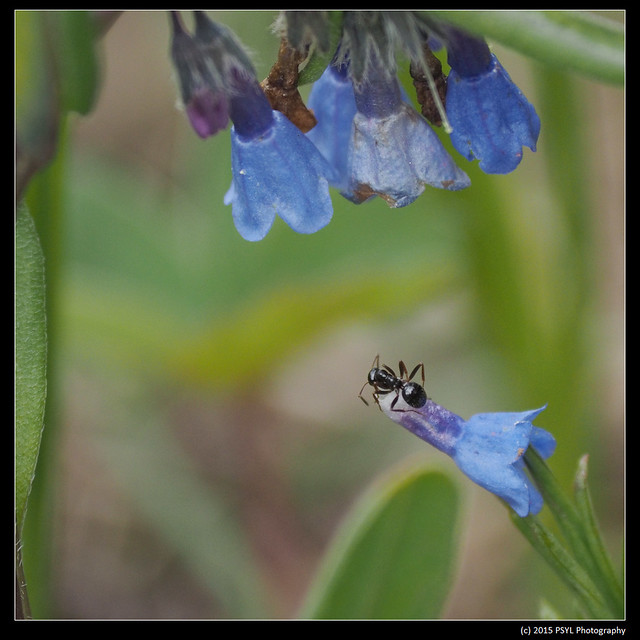
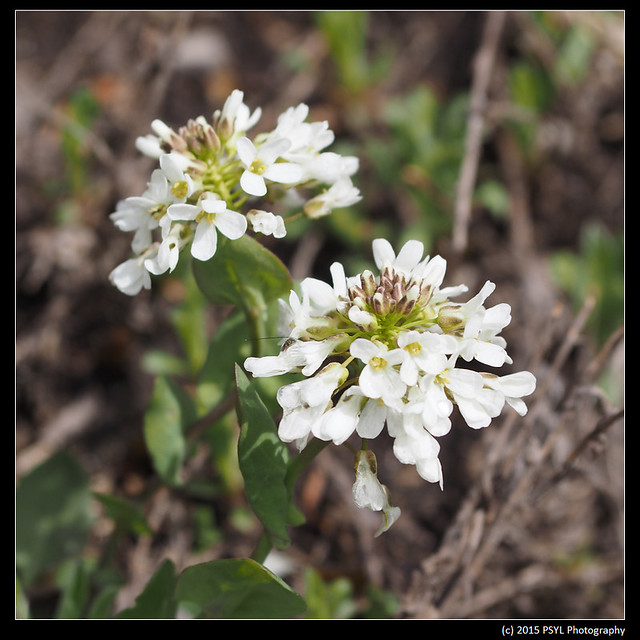
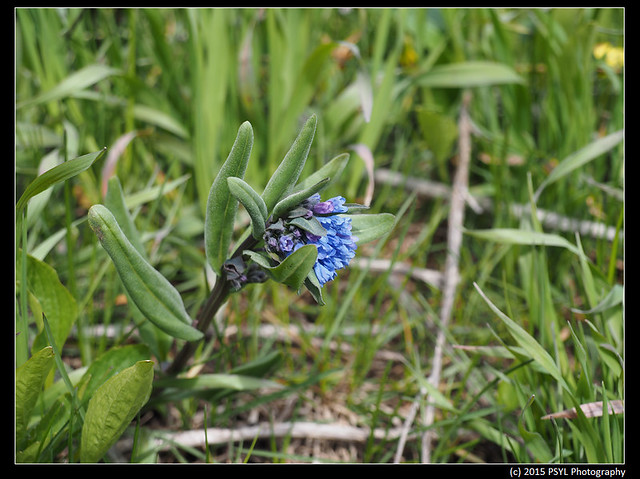
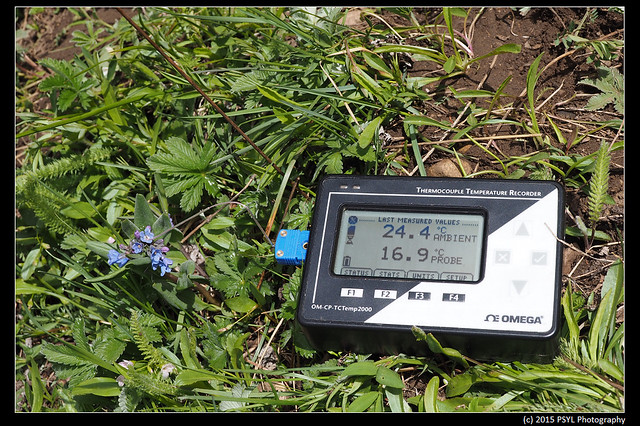
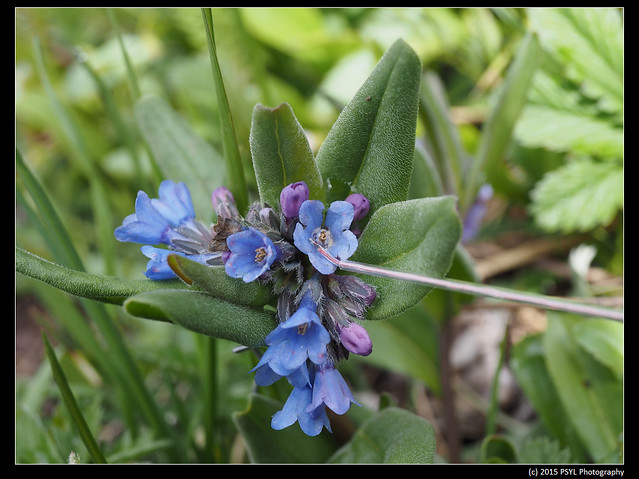
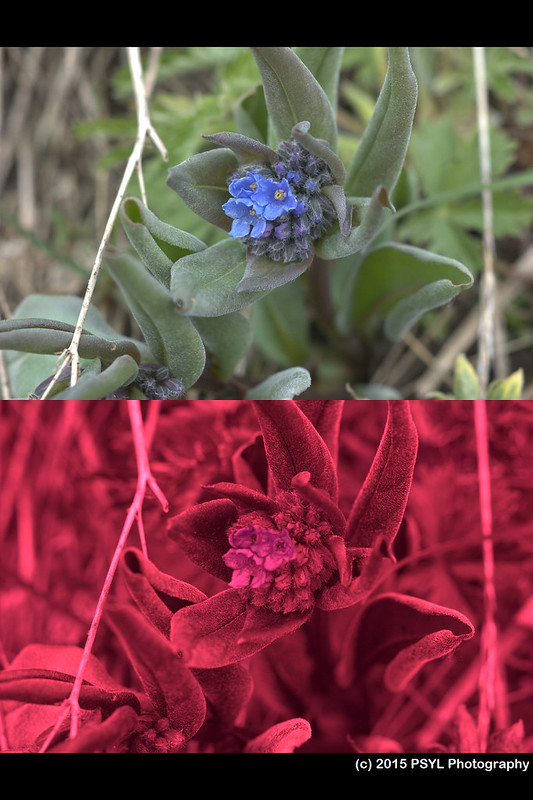
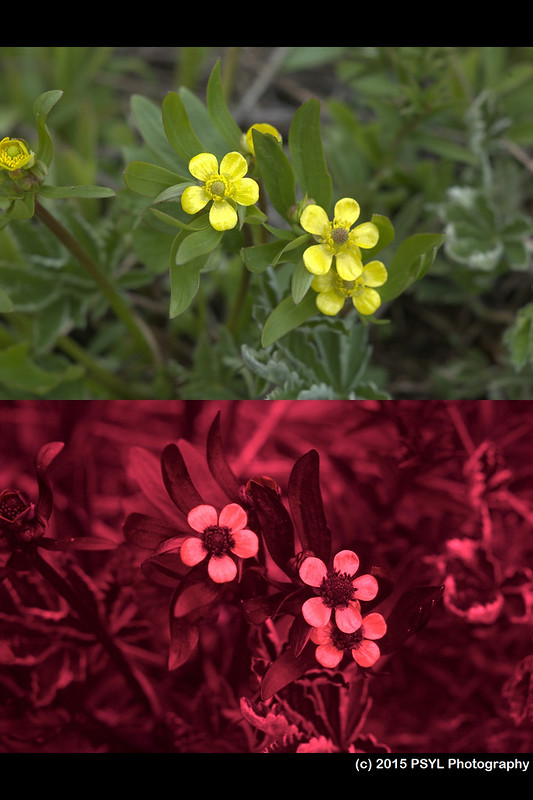
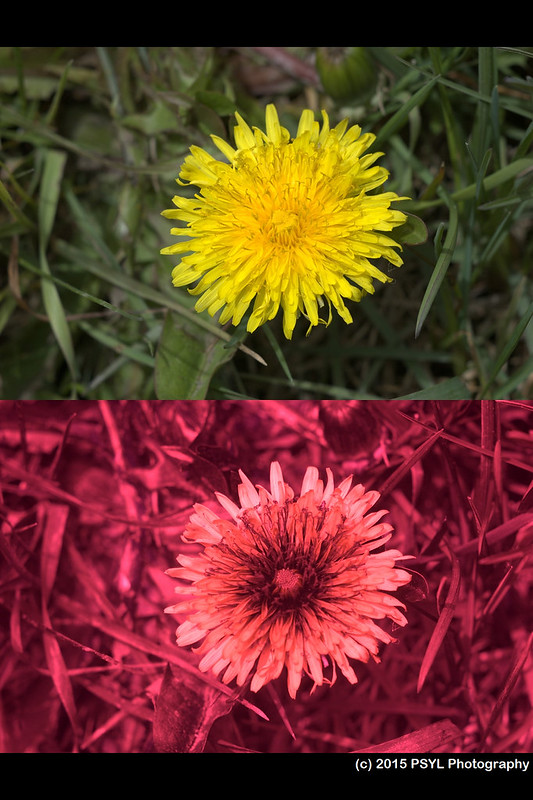
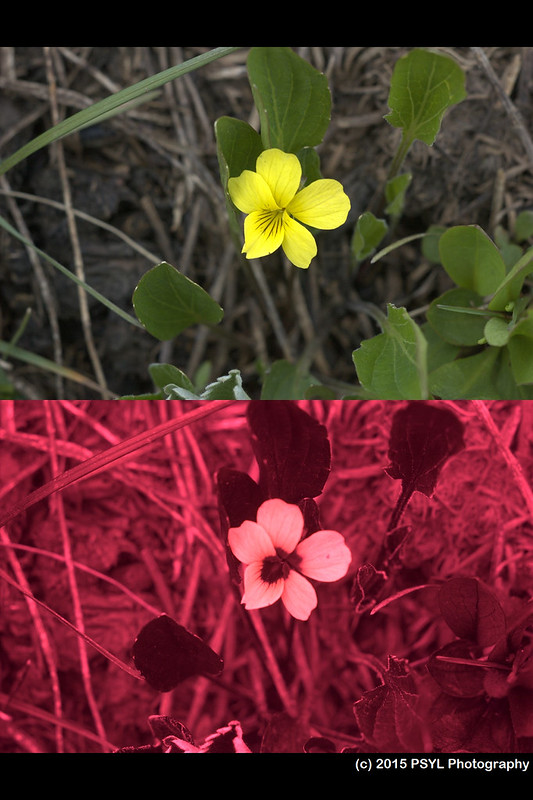
No comments:
Post a Comment